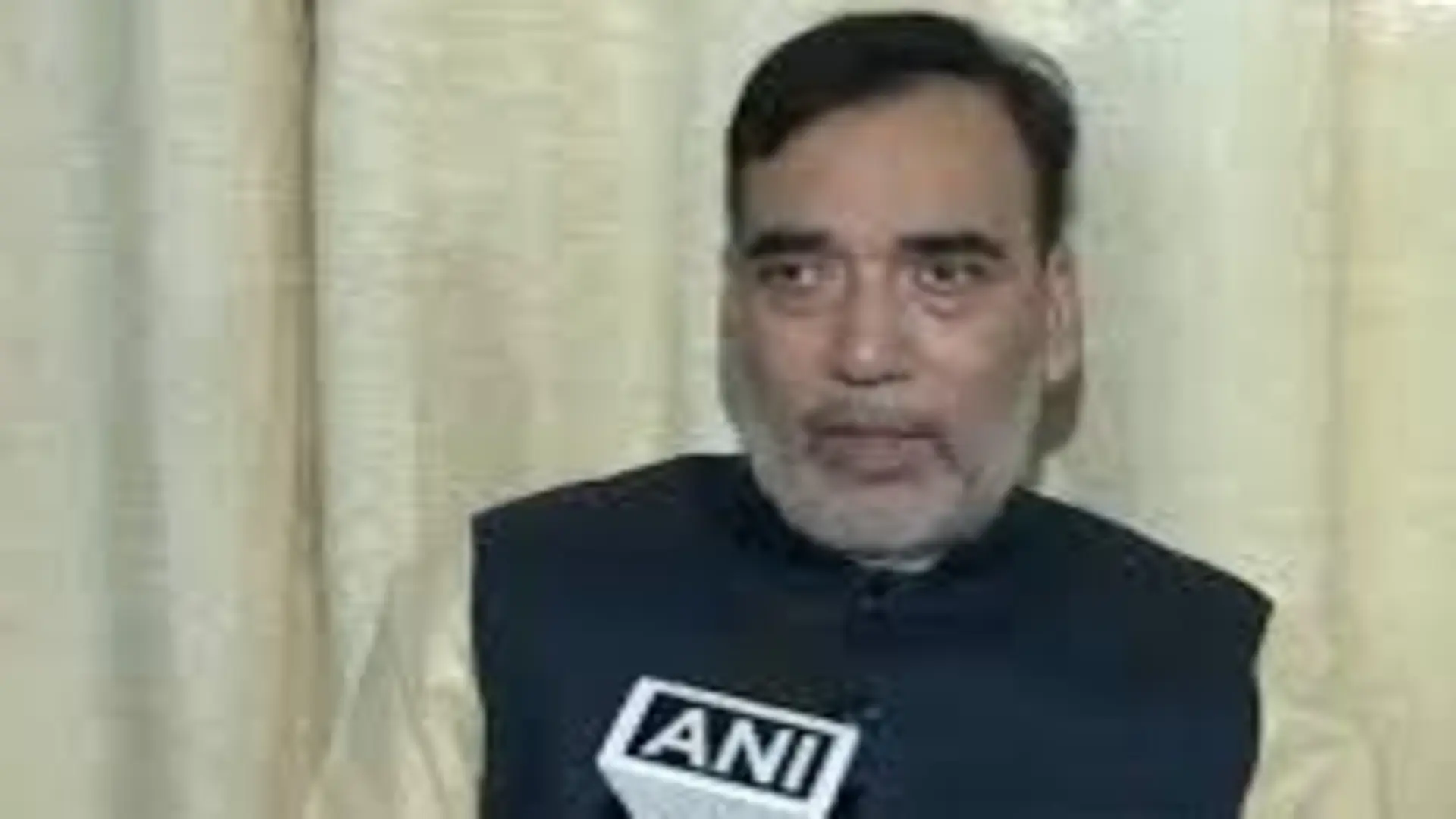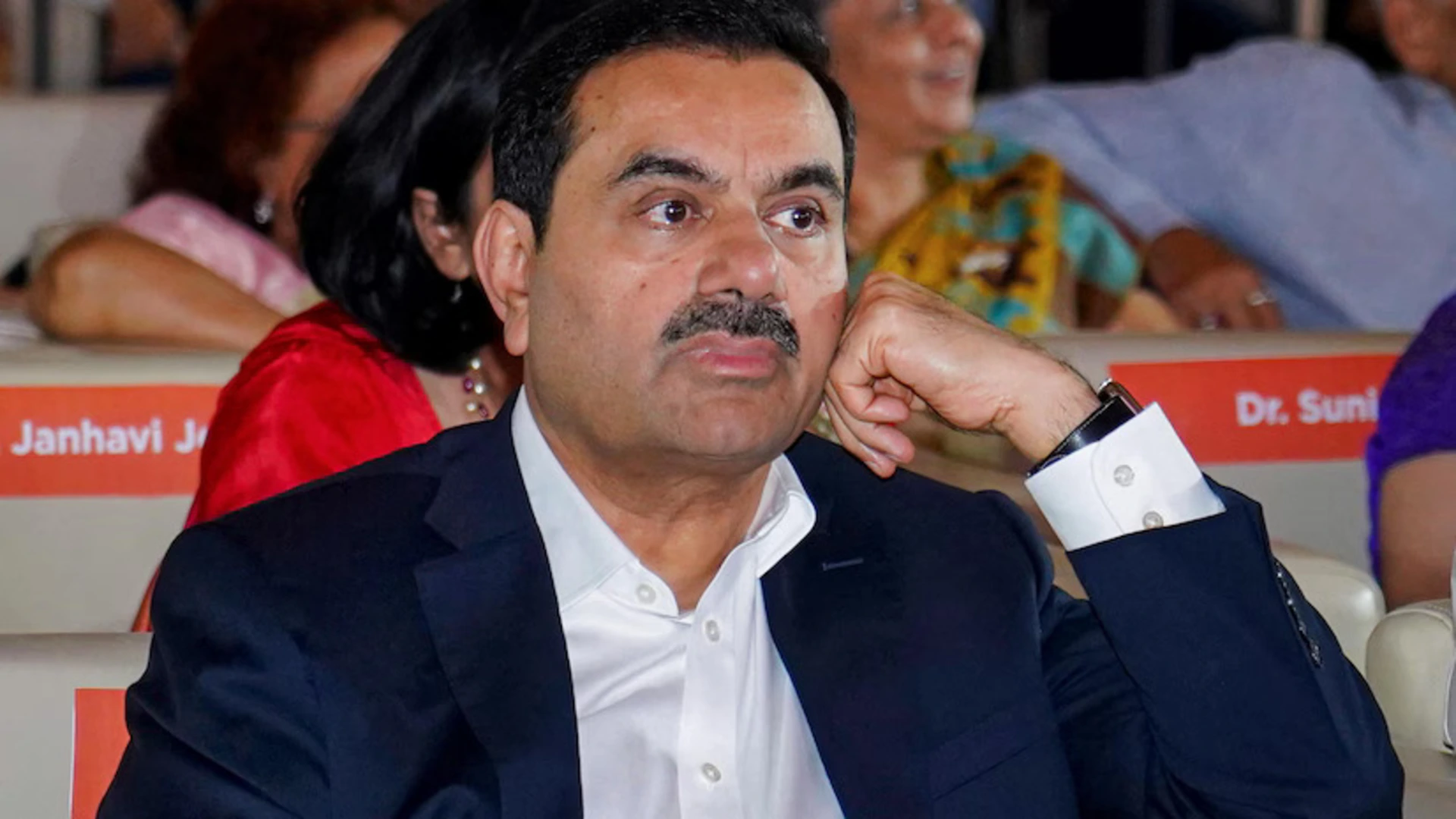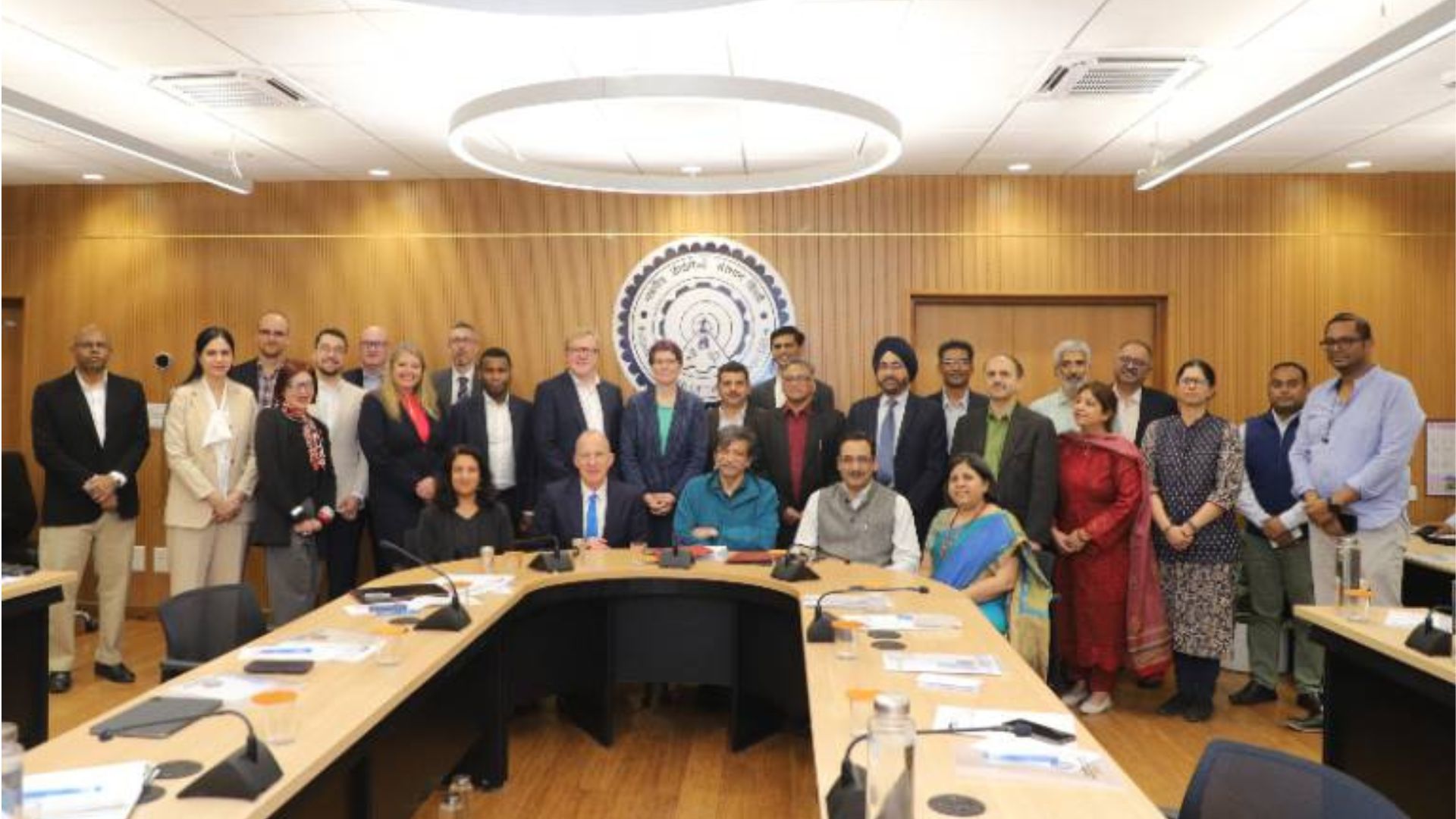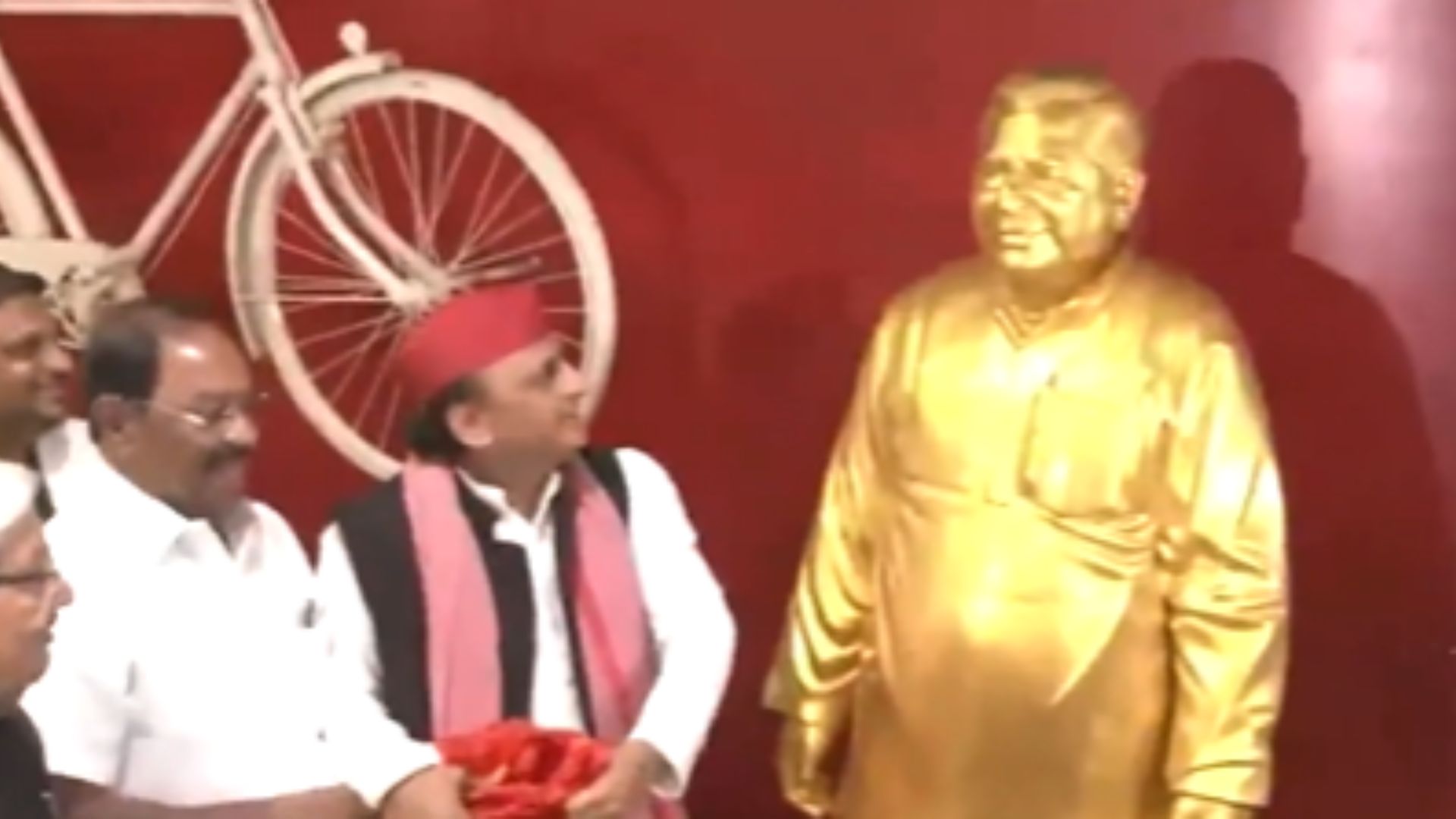
‘You must show it is a ministry for environment and not just of environment,” said the Supreme Court (hereinafter the Court) as recent as June, 2021, when the Ministry of Environment, GoI challenged the order of the National Green Tribunal (NGT) finding faults with a Government Notification of 2017, diluting effluent discharge norms for the sewage treatment plants. The Court bemoaned that environmental standards have been constantly diluted in the recent past and refused to grant stay to the order of the NGT. In a landmark judgement passed on 31 August, 2021, the Court refused to interfere with the judgement of Allahabad High Court directing demolition of the 40-story twin towers constructed by a real state major in Noida, UP in contravention of the environmental and other building bye laws. The Court has through their judgements expanded the ambit and the scope of article 21 which declares that “No person shall be deprived of his life or personal liberty except according to procedure established by law.” The Court overruled its judgement in AK Gopalan vs the State of Madras (1950), in Maneka Gandhi vs the Union of India (1978) and held that ‘the procedure’ under Article 21 had to be fair, just and reasonable and would also have to be tested with Article 14. In their latest judgement in KS Puttaswamy vs Union of India, a nine judge bench, removed the stain of ADM Jabalpur case (1976) and upheld the minority view of Justice Khanna who had held that ‘right to life is inalienable’ and that it existed before ‘the advent of the Constitution’. The right to life is guaranteed and not granted. The enjoyment of the right to life is inconceivable without safe and sustainable environment.
As early as 1954, Justice Vivian Bose had said, “We have upon us the whole armour of the Constitution and walk henceforth in its enlightened ways, wearing the breast plate of its protecting provisions and flashing sword of its inspiration.” The flaming sword is specifically provided by Article 142 which empowers the Court to pass such decree or order as may be necessary to render complete justice. This very article is the fount of judicial power. If the enacted legislation is a half-way measure, or, there is a legislative void, or, a procedural rule is likely to impede Justice, the Court is endowed with power to pass necessary orders according to the exigencies of the case. Fali S Nariman, an eminent jurist, says in his autobiography that the judgement of Justice Gandhi of Bombay High Court (Oct.1975) in Piloo Modi vs State of Maharashtra was the first case where ‘locus standi’ was given a wide meaning and the writ petition admitted. The High Court ruled that the Govt. of Maharashtra had leased out valuable plots at gross undervalue to the detriment of public exchequer and directed the lessee to pay 33.33 percent more rent to the State Government. However, it was the judgement of the Supreme Court in the SP Gupta case which popularly enlarged the ambit of locus standi (1982). Traditionally, judicial redress is available only to a person who has a locus, that is, who has suffered a legal injury by reason of violation of his legal right by the State or a public authority. Describing the tradition as of ancient vintage, Justice Bhagwati held, “the judiciary cannot remain a mere bystander or spectator.” Under Article 142, in the words of Justice Krishna Ayer, the Court can “fashion new tools, forge new methods, innovate new strategies and evolve a new jurisprudence” so as to render complete justice.
The objective of environmental laws is to conserve, sustain and manage the environment so that life remains sustainable. The Constitution casts an obligation on the State to protect and improve the environment and to safeguard the forests and wildlife, rivers and lakes and also to have compassion for living creatures. The 42nd Constitution Amendment removed forests and wildlife from the State List of the Constitution and included them in the Concurrent List. Article 48A, a Directive Principle of State Policy, and Article 51A, both inserted by the 42nd Amendment, cast an obligation on the State as well as on the citizens to make endeavour to protect and improve the natural environment, water bodies and to safeguard the forests and the wildlife. The Parliament has enacted laws for protection and conservation of environment, wildlife, and prevention of water and air pollution. Despite a wide array of environmental laws and India’s declared commitment to sustainable development made as early as 1992 at Rio Conference, due to wide gaps, omissions, contraventions and inadequacies in environmental governance, there have been a large number of public agitations, movements and protracted litigations to conserve and preserve the environment. The apex Court through a catena of pathbreaking judgements intertwined the right to life with sustainable environment.
In M.C. Mehta vs Union of India (1984), the Court issued a series of directives, banning coal-based and other industries in the immediate vicinity of the Taj. Directions were also issued for making suitable traffic arrangement and creation of a tree belt to insulate the Taj from pollution. In 1985, in another case by M.C. Mehta, the Court directed that the polluting industries/tanneries set up sewage treatment plants at their own cost and discharge treated water in the river. In yet another case by M.C.Mehta, the Court ordered relocation of hazardous and noxious industries operating in Delhi and directed mandatory conversion of conventional fuel by compressed natural gas (CNG). In Subhash Kumar vs. State of Bihar (1991), the Court held that the Right to get pollution free water and air is a right under Article 21. In T. N. Godavarman Thirumulkpad case (1995), the Court ruled that no forests, national park or wildlife sanctuary can be de-reserved without its explicit permission and that no on-forestry activity will be permitted in a national park or wildlife sanctuary, among others. The Court also imposed complete ban on movement of cut trees and timber from the north eastern States and felling of trees in hilly States of Uttarakhand, Himachal, J&K and the hilly area of West Bengal. In M.C. Mehta vs Kamal Nath (1996), the Court held that the forest land leased, which was situated at Bank of River Beas and being fragile, can not be converted into private ownership .The Court quashed the lease and passed order to pay the compensation for restitution of environment and ecology of the area.
In Indian Council for Enviro-legal Action Etc. case (1996), the Court held that the industries producing chemicals like Oleum and Sludge Phosphate which caused damage to nearby villages were responsible for the damages on the principle of ‘polluter pays’. In Vellore Citizens Welfare Forum case (1996), observing that the river Palar was the main source for drinking and bathing for the people nearby, the Court granted the relief sought by the petitioners.
The Court directed to maintain ecological balance in Narmada Bachao Andolan case (2000). In K. M. Chinnappan case (2002), the Court ruled that the “the State and the citizens are under obligation to protect and improve the environment, including forests, lakes, rivers, wildlife and to have compassion for living creatures.” In Research Foundation for Science Technology National Resource Policy (2005), the Court read procedural guarantees into Article 21, that is, the right to information and community participation for protection of environment and human health. Almitra H. Patel & Ors., is a case that comprises of a series of a petitions made before the Supreme Court in 1996. In compliance of the directions of the Court in this said case, rules were evolved for the management and handling of hazardous wastes. In yet another case-M. C. Mehta vs Union of India-the Court passed an order in December 2015 for diversion of commercial vehicles coming from the adjoining States so as to bring down pollution level in Delhi and also directed that all manner of commercial taxies run on CNG.
It is through Public Interest Litigations that the citizens approach the Supreme Court directly invoking Article 32. Being the highest constitutional sentinel on the qui vive, and endowed with the power to interpret the Constitution and the law, the Court has given wide amplitude to the right to life by conjoining it with sustainable environment. Verily, the Constitution is not a mere grammar of politics but “the philosophy of politics.” The apex Court by its interpretive function has fostered a robust environmental jurisprudence. The judgements are reminiscent of the deep veneration and gratitude of the Vedic seers to the Mother Earth for sustaining life. The Prithvi Sukta of the Atharva Veda, the oldest environmental hymn, exhorts, and prays, for keeping the Earth free from human pressure so that she is able to nourish us. Environment is a sentient being-and we must conserve, protect and nourish the environment so that the right to life is nourished and protected. This is the only way to avert the threat of climate change. The Court has broadened the horizon of the right to life and conjoined it with environment by evolving and enunciating sound principles like, the polluter pays, the precautionary principle, inter generational equity, the public trust principle, etc. The emergence of a vast body of environmental jurisprudence— sublimating the right to life— stands a glowing testimony and tribute to the wisdom and foresight of our Supreme Court.
The author is ex Addl Secretary, Lok Sabha and member of Delhi Bar Council. Views expressed are personal.
The objective of environmental laws is to conserve, sustain and manage the environment so that life remains sustainable. The Constitution casts an obligation on the State to protect and improve the environment and to safeguard the forests and wildlife, rivers and lakes and also to have compassion for living creatures.















